This might not make much sense:
But it’s a whole lot more intelligible than this:
These are two stills from my latest video - A Pair of Pictures. The video delves into my thought process around making photo pairs, or diptychs if you prefer. My zine-a-month project Serial Music has been based around making image pairs, and I’ve been thinking about the subject a little more intentionally for the last 3 years or so.
This video, and the one to come next week, break up the process into two major parts:
and
Let’s start with what to look for.
What to Look For (in an image pair)
The first method for pairing images is to look for visual or thematic repetition. The simplest is repeating colour or shapes. Repetition usually feels pretty good on the eye, and a similar palette between the images makes the pairing feel intentional. This might not make for the most thoughtful pair of images, but it’s pretty effective. I’d suggest not relying too heavily on repetition because it can get a little dull, but when sprinkled across a sequence it can just be a visual treat for the reader.
This is the pair that opens up Serial Music: Vol. 05 - I’ve written about some of the meaning behind it here. There are a few things that I think makes this pair work, whether you’re privy to my personal understanding of it or not.
There is a repetition of shape between the man’s body and the wire, especially with the inclined head. This repetition of shape is also subtly reinforced by the line-work behind the man being mimicked by the wire. The two images also share a similar palette of blues and grays with a dash of red in each. I wanted these two to feel like a pair of portraits, and that’s only possible through repeating shapes and qualities.
The second method is to pair images that communicate with each other. The arrangement of elements in the images guide your eye back and forth between them. Each time your eyes shift from one image to the other, you’re getting new visual information. This way more time you spend looking at the images, the more interesting they become.
There’s a route through this pair of photos that my eye tends to follow. It starts at the bucket of water, and moves down with the leak to the gray pattern of the grate. This pattern and colour is mimicked and transformed by the stairs, which if you follow from dark to light will guide your eye up to the wall splitting the image. That wall is subtly angled upward, guiding the eye back to the bucket which leads back down as before. There’s a touch of irony too, in how the water leaks into the grate and the stairs do much the same thing into the water.
Both images are also divided into tonal halves, 50% light and 50% dark. This creates a balance, or, as I like to think of it, the images have a more or less equal pull on my eyes. If that balance is lost, chances are there’ll be less back-and-forth movement of the reader’s eye. We’ve all been in a situation with someone who dominates the conversation - try to avoid the visual equivalent of that.1
The thing to be aware of here is that you can never guarantee someone else will see the same relationships you do. But by building up your logic through the sequence by using consistent pairing practices, you’ll increase the chance of those connections being made. They’re like little gems waiting to be found.
The third kind of pair has the quality of time passing, with one image representing ‘before’ and the other ‘after’. What I like about this method is how it summons a sense of progression between the images, and the space between the them comes into focus too. In order to interpret it, the brain has to work in a slightly different way from the other techniques, and while that experience is subtle, it goes a long way to keeping the interest in what you’ve made.
For this pair I was initially taken by the equal density of the shadow and silhouette of the person walking. There’s a heaviness there made slightly ironic by the lightness of their step. There was something in the carrying of this visual weight that for me really made sense alongside the footprints sunk into the tar of the mountain path. The footprints seem pressed into history, a result of walking the same path over and over. I sequenced them after the walker though, as an indication of, I suppose, how history comes after the action, how in some way it’s a future thing. It’s a little hard to explain, but my favorite pairs usually are.
The fourth kind of pair, and one I really love, is when there’s a poetic relationship between the two images. The images conjure associations that feel unfamiliar and new, but make a certain kind of sense. These pairs can be pretty odd, but I love that feeling of, I don’t think I’ve seen this before but it feels right.
I have no great explanation for this pair. There’s an obvious (and to my eye pleasing) tension between the plant design moving to the NW and the man’s arm and legs moving to the SE. There’s a shared palette, and a repeated motif of doors (one open, one closed.) I like all of that, but it’s not the reason I made the pair.
By bringing these images together my mind is taken to a place that is unfamiliar but feels right, as if I already knew it. It’s this evocative quality that I’m looking for when making pairs of this nature. The more I work on books and zines, the more this is the direction I want my understanding of the presentation of photography to go.
There are definitely more ways to make photo pairs, but these are some of the ways I’ve made pairs for Serial Music. If you’ve got any suggestions about what you like in an image pair, please drop a comment below. It could be helpful for me, and for anyone one else who might be into it.
🚨 Free Print Alert 🚨
In the video there’s a subliminal frame. There’ll be another subliminal frame in the next video too (sub here to not miss it!). If you put those frames together there’s a hidden message waiting to be discovered. Send me an Instagram DM (@chrisdacanha) with that message and I’ll ship a free print anywhere in the world to the first 5 people with the correct answer. Good luck!
Cheers,
Chris ✌️
Like, ask me how I’m doing for once, will you!?






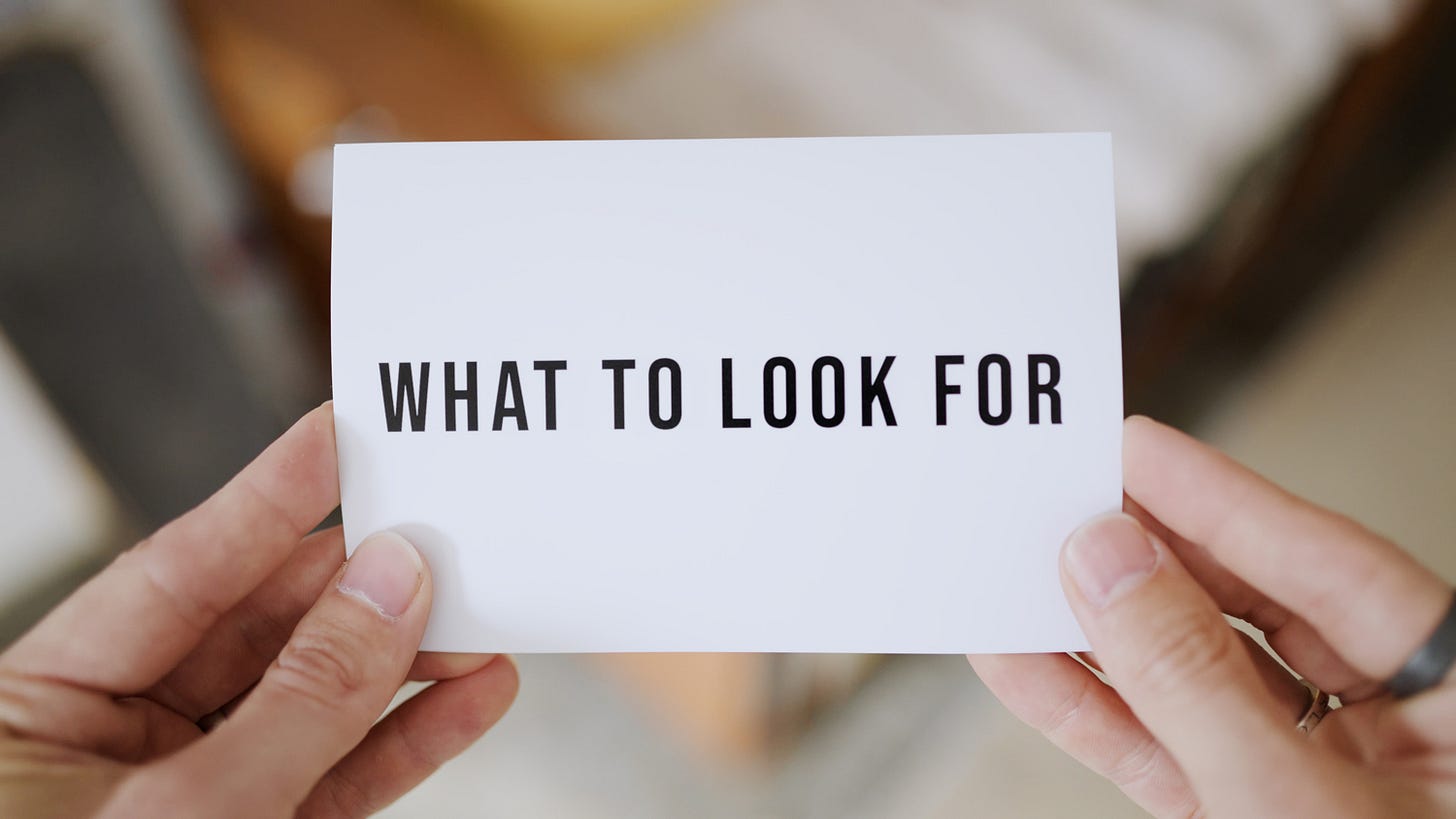

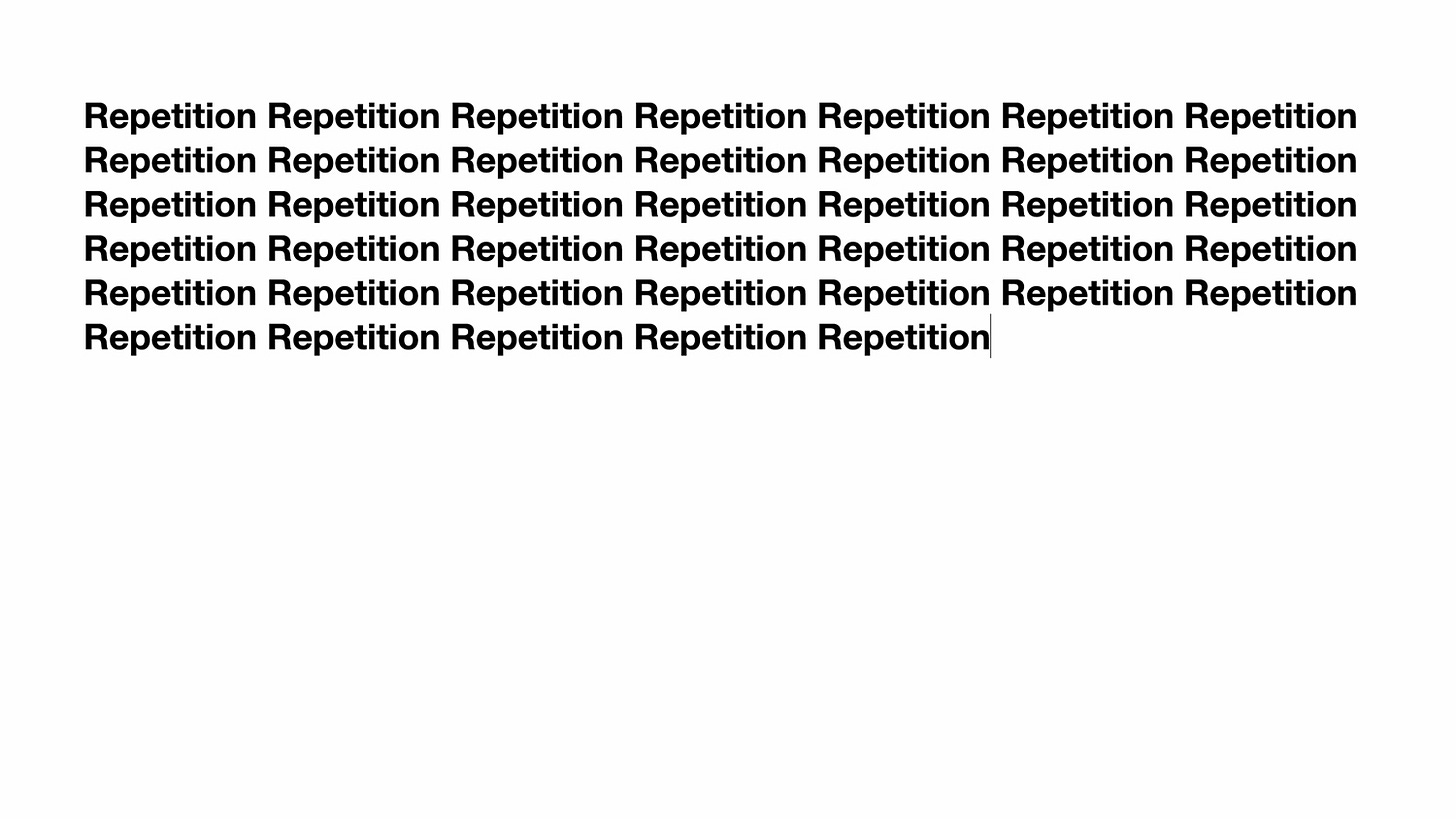

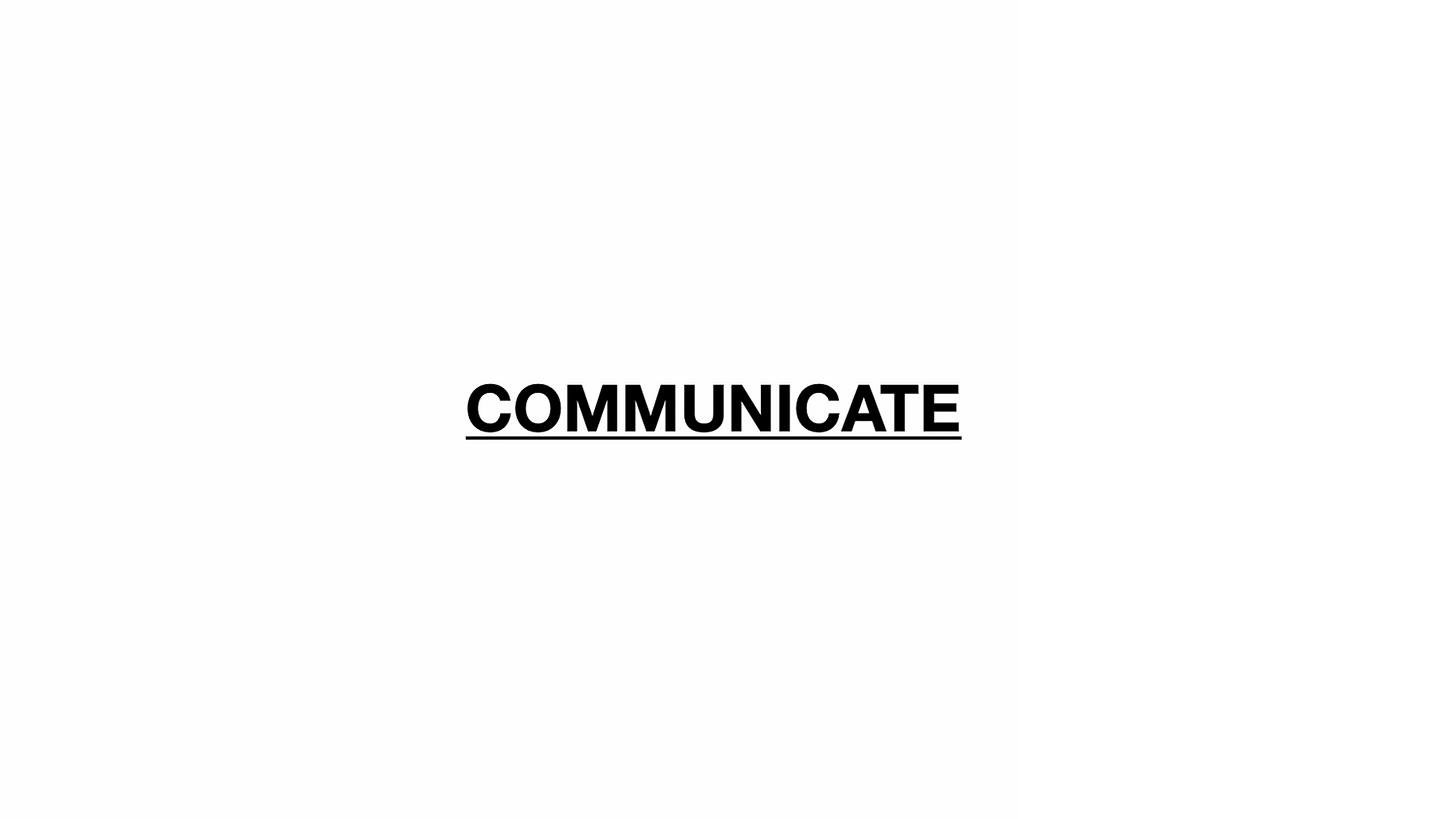
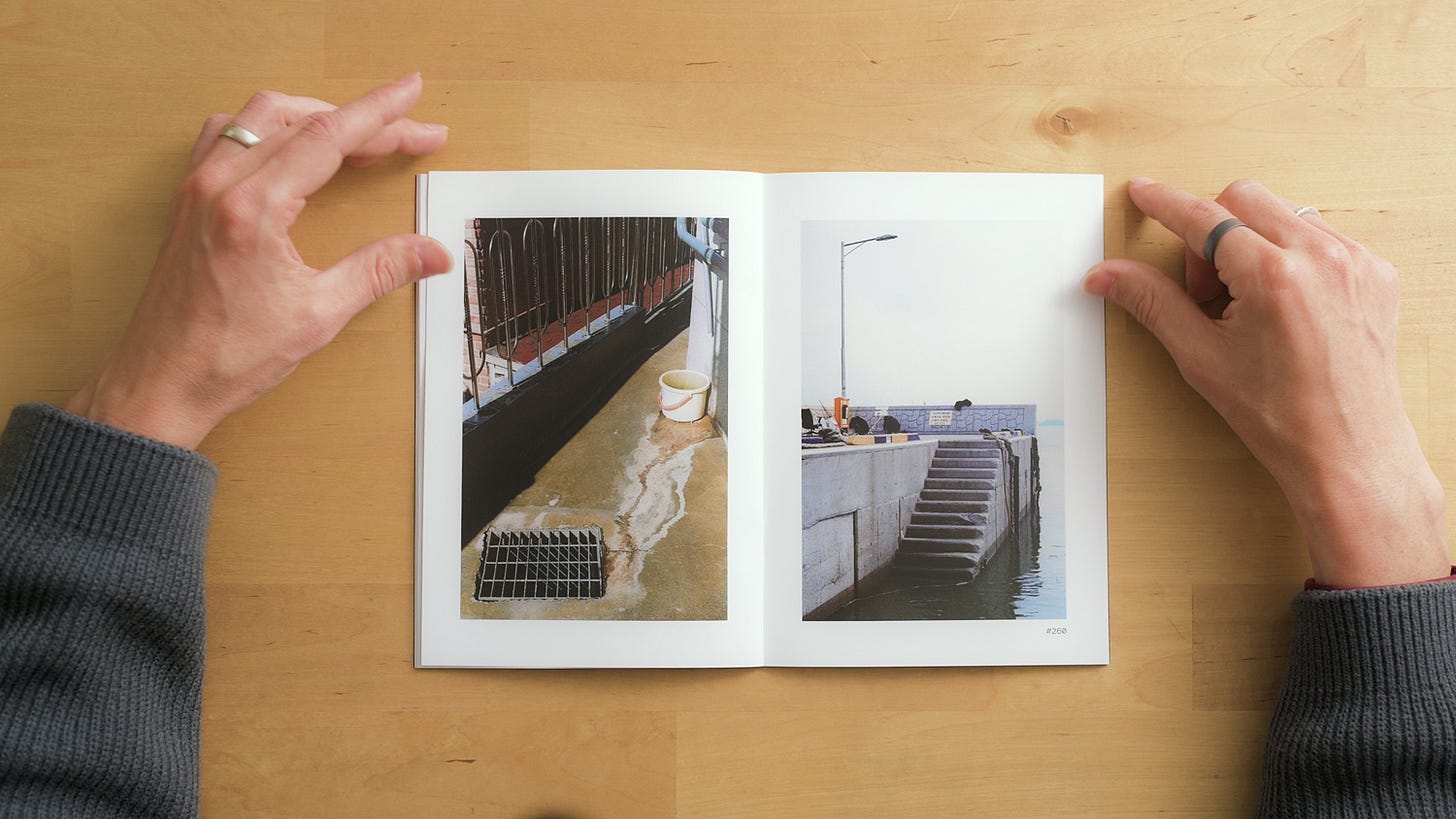

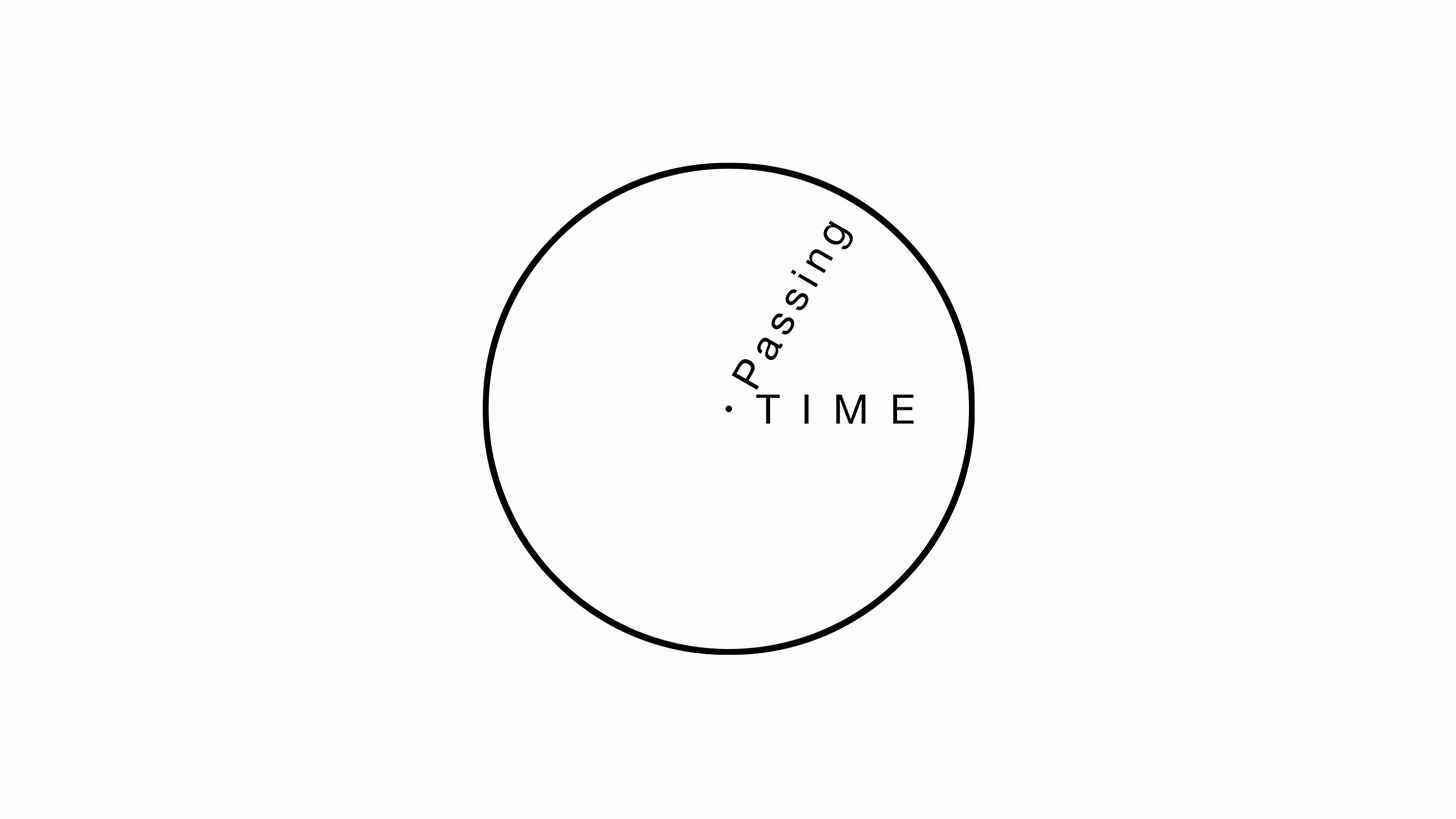

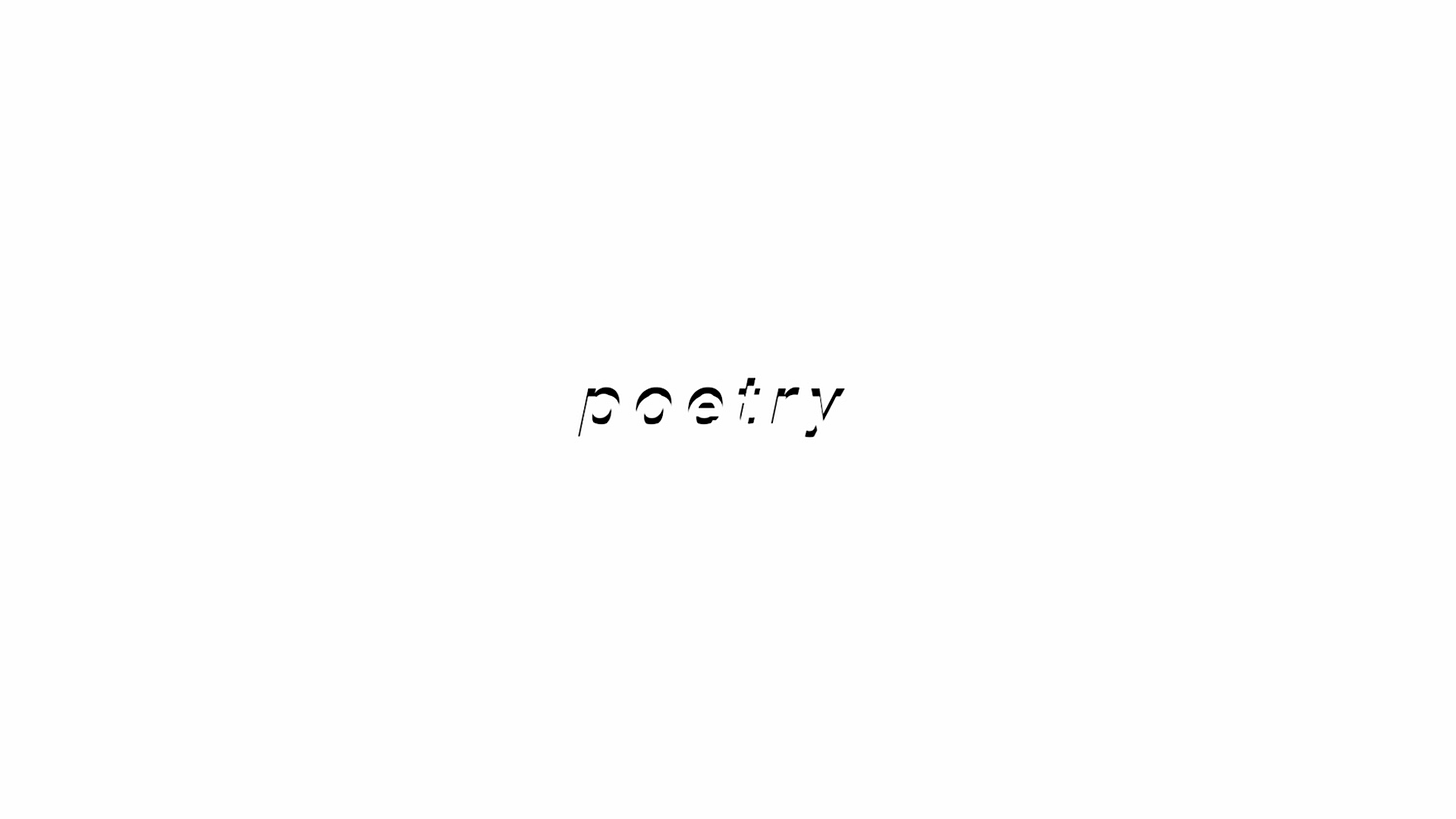
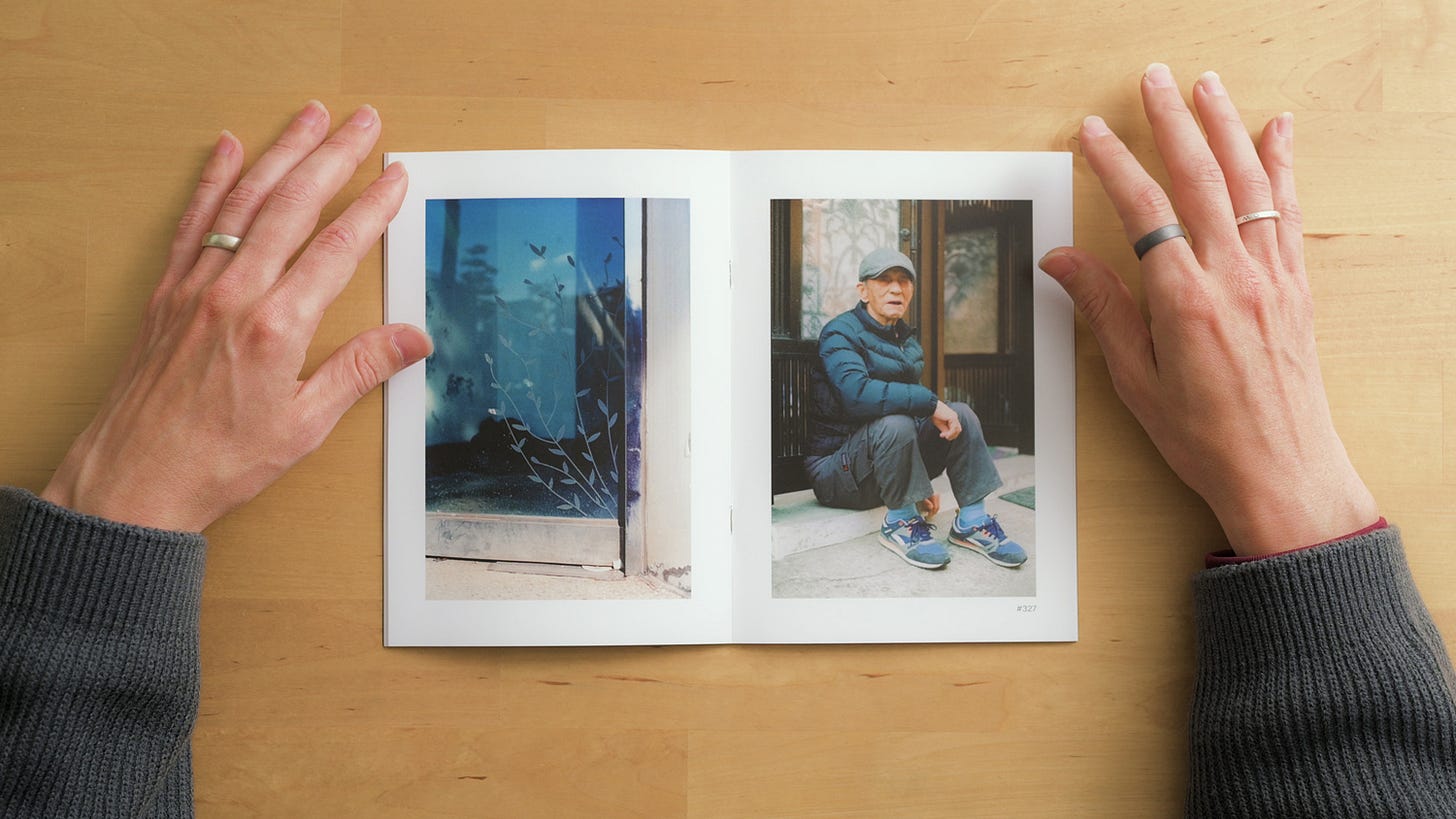
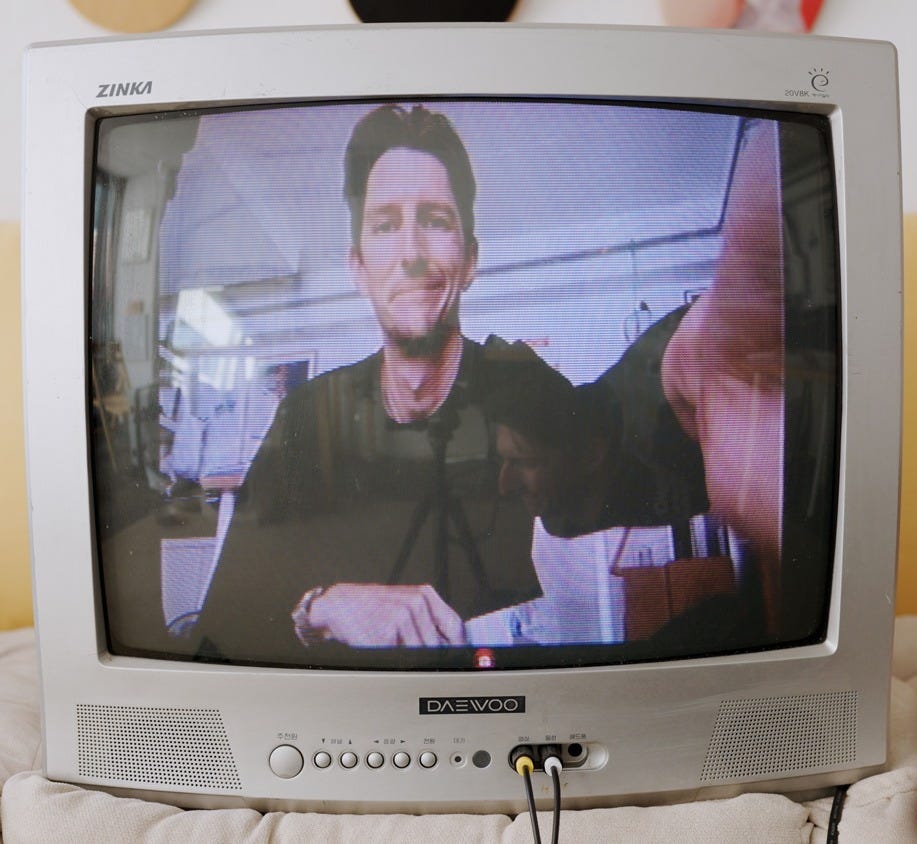

Great advice, Chris! Thank you for sharing your insight!
Thanks for sharing your process in finding a set of images that will speak to each other in a diptych presentation. I found it quite interesting!